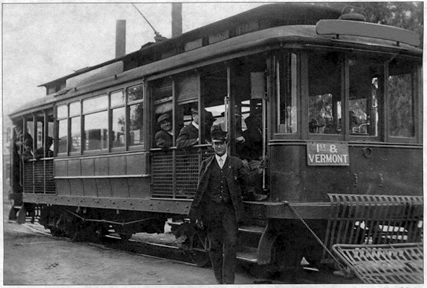
Jimmy Starr began his career in Hollywood in the 1920s, writing the intertitles for silent shorts for producers such as Mack Sennett, the Christie Film Company, and Educational Films Corporation, among others. He also toiled as a gossip and film columnist for the Los Angeles Record in the 1920s and from 1930-1962 for the L.A. Herald-Express.
Starr was also a published author. In the 1940s, he penned a trio of mystery novels, the best known of which, The Corpse Came C.O.D., was made into a movie.
In 1926, Starr authored 365 Nights in Hollywood, a collection of short stories about Hollywood. It was published in a limited edition of 1000, each one signed and numbered by the author, by the David Graham Fischer Corporation, which seems to have been a very small (possibly even a vanity) press.
Here’s “Memories,” the final story from that 1926 collection.
MEMORIES
. . . memories . . . ah, what recherche things they are . . . our soul’s only recess . . . often they repaint our drab canvas of the present . . . these pages you have just read have all been memories . . . nocturnal escapades which have made the dreary side of day life seem bright in contrast . . . A box on the table . . . what a container of memories . . . dance programs . . . kodak pictures of pretty girls . . . scraps of paper with nameless addresses and phone numbers . . . what stories they tell . . . a scribbled name . . . business cards . . . a toy balloon from some forgotten cafe . . . a memory of a gay night . . . a cork from a wine bottle . . . a monogramed cigarette . . . a lace handkerchief . . . with a faint odor of perfume . . . a spoon from another cafe . . . a napkin from another, a New Year’s Eve rattle . . . a gaudy paper cap . . . letters on pink and lavender paper . . . theatre programs . . . a piece of motion picture film . . . cigar coupons . . . an announcement for the opening of the style show . . . invitations to dinners and weddings . . . a date book . . . a dancing contest number . . . theatre ticket stubs . . . a small bar of soap from some hotel . . . baggage checks . . . unfinished letters to forgotten girls . . . an autographed photo . . . cancelled checks . . . a useless bank book . . . a torn piece of a dollar bill . . . a small silver vanity case . . . a memory unreturned . . . a glove . . . a box of rubber tacks . . . a rosette from some evening gown . . . ah, memories so fondd . . . they drive us onward . . . onward to other pleasures . . . on with this nondescript nonsense . . . let us live . . . we only have to do it once . . . ah, memories . . .
THE END





